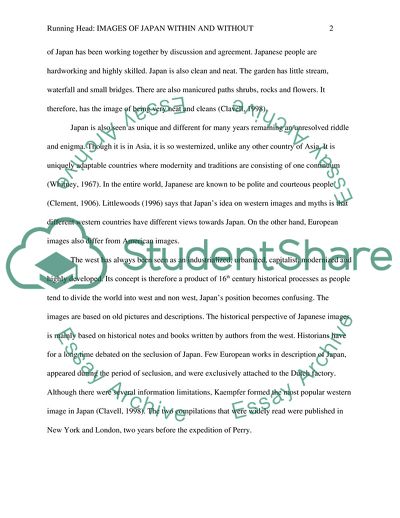Cite this document
(Images of Japan Within and Without Essay Example | Topics and Well Written Essays - 1750 words, n.d.)
Images of Japan Within and Without Essay Example | Topics and Well Written Essays - 1750 words. https://studentshare.org/archaeology/1754420-what-were-the-images-of-japan-within-and-without
Images of Japan Within and Without Essay Example | Topics and Well Written Essays - 1750 words. https://studentshare.org/archaeology/1754420-what-were-the-images-of-japan-within-and-without
(Images of Japan Within and Without Essay Example | Topics and Well Written Essays - 1750 Words)
Images of Japan Within and Without Essay Example | Topics and Well Written Essays - 1750 Words. https://studentshare.org/archaeology/1754420-what-were-the-images-of-japan-within-and-without.
Images of Japan Within and Without Essay Example | Topics and Well Written Essays - 1750 Words. https://studentshare.org/archaeology/1754420-what-were-the-images-of-japan-within-and-without.
“Images of Japan Within and Without Essay Example | Topics and Well Written Essays - 1750 Words”. https://studentshare.org/archaeology/1754420-what-were-the-images-of-japan-within-and-without.


